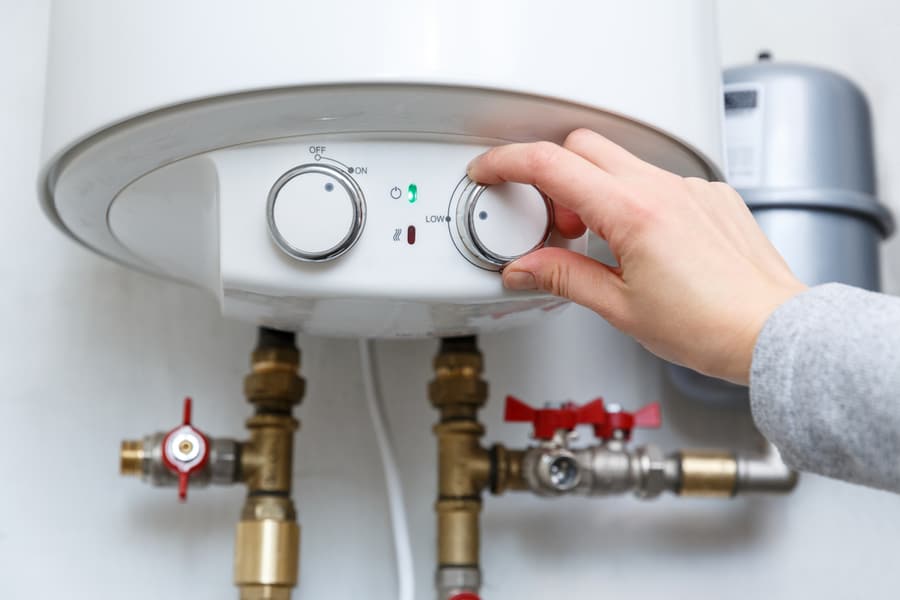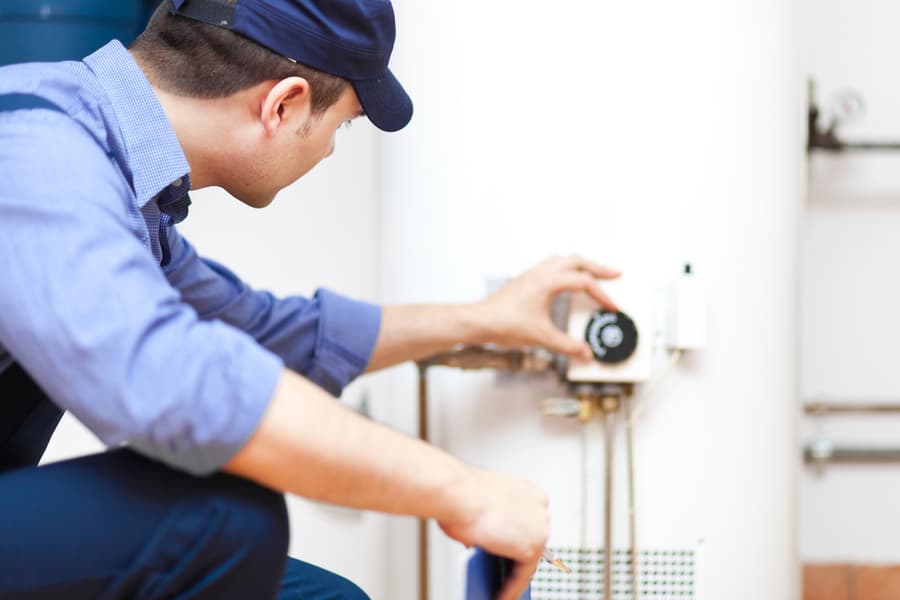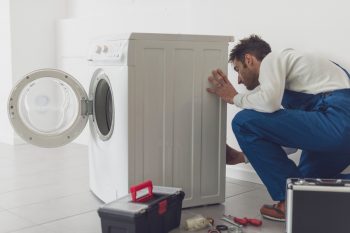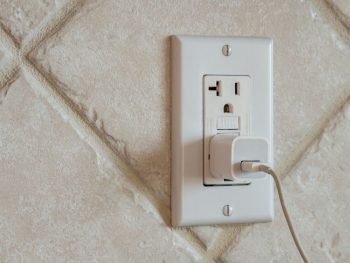
Do you ever wonder what Pilot Mode is on a water heater, what its benefits are, and how you can use it?
In pilot mode, the pilot light is kept on whether the water heater is in use or not. It is an efficient way to avoid accidents involving fires and explosions. Pilot mode becomes necessary if you have children or pets at home.
When the pilot light is on, it keeps the gas flowing even if the water heater is not in use. This is used as a safety measure.
The purpose is to turn the water heater on only if there is sufficient gas flow for its proper functioning. This practice can prevent fire explosions, carbon monoxide poisoning, or other similar hazards.
To use pilot mode, you need to follow some specific steps, which will be discussed further in the article.
Pilot mode is a useful feature on water heaters that help prevent major accidents, including gas explosions, fires, or carbon monoxide poisoning. This feature also helps in saving energy as it prevents gas leakages and ignites the burner as soon as the gas is available.
For safety concerns, you should always keep the pilot light on the water heater. You can follow the proper steps cautiously when igniting the pilot light.
Secondly, if you are going on a vacation, you can turn the pilot light and the gas flow off before leaving the house.
In this article, you will discover what a pilot mode on the water heater is, what its benefits are, and how you can put your appliance on pilot mode.
What Is Pilot Mode on a Water Heater?
In pilot mode, the pilot light is left burning under the water heater. The pilot light is a small, blue-colored flame burning continuously behind the burner. This pilot light ignites the burner as soon as the gas is available.
Thus, you don’t need to ignite the gas burner again and again each time you want to warm up the water.
Benefits of Pilot Mode
The pilot mode is a very essential feature, and you need to check it first when buying a water heater.
1. Turns the Burner on When Needed
The first benefit is that it keeps you from manually lighting the gas burner again and again whenever turning the gas heater on.
As soon as you will let the gas flow into the burner, it will turn on automatically. The pilot light will ignite the gas and set the burner at its work.
2. Prevent Carbon Monoxide Poisoning
The pilot mode can be used as a safety feature. It is a must-have if you have pets or children at home. As the pilot light is on, it ignites the burner as soon as the gas is turned on, thus preventing the gas to leak out into the surroundings.
This will keep the surrounding living organisms safe from suffocation or poisoning due to gas leakage.
3. Prevents Fire Explosions
Since the pilot light ignites the burner as soon as the gas is turned on, it prevents it from getting blocked in the burning section.
If the pilot light is off, the gas can spread in the surroundings and cause dangerous fire explosions as soon as it catches a flame.
How To Turn Pilot Mode On?

Lightening the pilot light is easy and will take only a few minutes.
If you detect the pilot light on your gas burner is off, you can take the following steps to turn it back on:
- Turn the gas valve of the water heater off.
- Open the lid present at the bottom of the water heater where the burner and the pilot light are present.
- Leave the lid open for at least 1 minute to let the gas escape if there is a gas leakage hazard.
- Clean up the pilot light using a soft brush to remove any debris that might hinder gas flow.
- Now, turn the gas supply on.
- Rotate the gas knob to the “Pilot” setting. Let the gas reach the pilot light opening. It can take a few seconds.
- Press the knob and turn the pilot light on using a lighter or a match stick. Modern water heaters have an automatic lighter built into the pilot light that can also be used when igniting the pilot light.
- Once the pilot light is on, you can rotate the knob to the “On” setting. You can further adjust the water heater’s temperature according to your liking, and you are done!
Troubleshooting the Pilot Mode

If you are suspicious that your water heater is not working properly and is taking time to turn on, there might be an issue with the pilot light.
To troubleshoot the problem, you can acknowledge the following questions and fix the issue:
1. Is the Pilot Light Burning?
The first step to detect problems with the pilot mode is to check whether the pilot light is lit. If it is on, it’s great!
However, if it is off, you can turn it on by following the proper steps. In case it is not burning, you might need to call assistance in this regard.
2. Is the Heating Element Turning On?
If the pilot light is burning, but you detect a problem with the heating element, the problem might be lying in the thermocouple.
This is an important safety device that detects the pilot light. It keeps the gas valve from opening if the pilot light is off at any moment.
In case of a faulty thermocouple, the gas valve will still remain closed even if the pilot light is lit. Thus, it will keep the burner off and will not warm up the water in the tank.
To check whether your thermocouple is working properly, you can check its voltage. A multimeter can be used to identify the voltage across the thermocouple terminals.
If the voltage is lower than a few millivolts, you might be in need of a thermocouple replacement.
How To Turn Pilot Mode Off?

You can turn the pilot light on the water heater off when going on a long vacation or when the heater is not in use.
To do that, you can follow the procedure given below:
- Locate the pilot light valve on the water heater near the bottom of the appliance.
- Rotate the valve to the “off” setting to extinguish the pilot light.
- Let the unit rest for a while to remove the residual gas from the pipeline completely.
- Turn off the main gas supply to the water heater. You are done!
Conclusion
In pilot mode, a little pilot light is left burning inside the heating element to turn on the water heater whenever needed. It is also an efficient and safe way to prevent fires or other safety hazards associated with your water heating unit.
By understanding and properly maintaining the pilot mode on your water heater, you can help to protect your home and family from potential accidents and ensure that your appliance is functioning at its best.
Frequently Asked Questions
Why Is the Pilot Mode Important?
Pilot mode is an efficient way to save energy and effort whenever turning on a water heater. Besides that, it helps in preventing fires and other hazards that can result from gas leakage.
If the pilot mode is not working, the gas might leak, although the burner is not ignited. This can potentially lead to a dangerous situation.
How Do I Maintain the Pilot Mode on My Water Heater?
To ensure the water heater’s safe and efficient working, you must maintain the pilot mode properly.
For that, you can keep the pilot light clean. You can use a toothpick or a brush to remove any unwanted material covering the pilot light.
You can also ensure the thermocouple is working perfectly fine and replace it when needed to avoid any problems.












